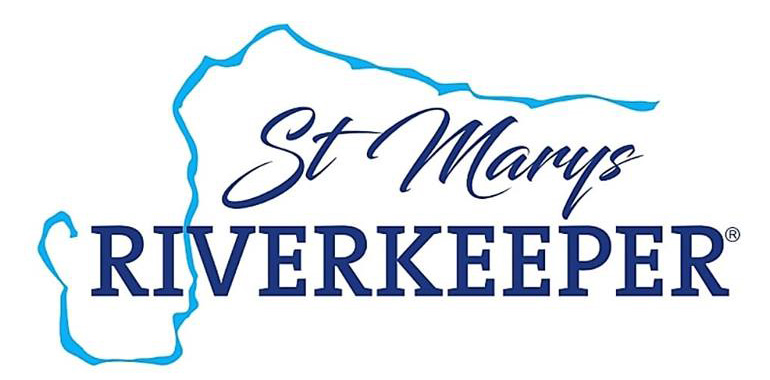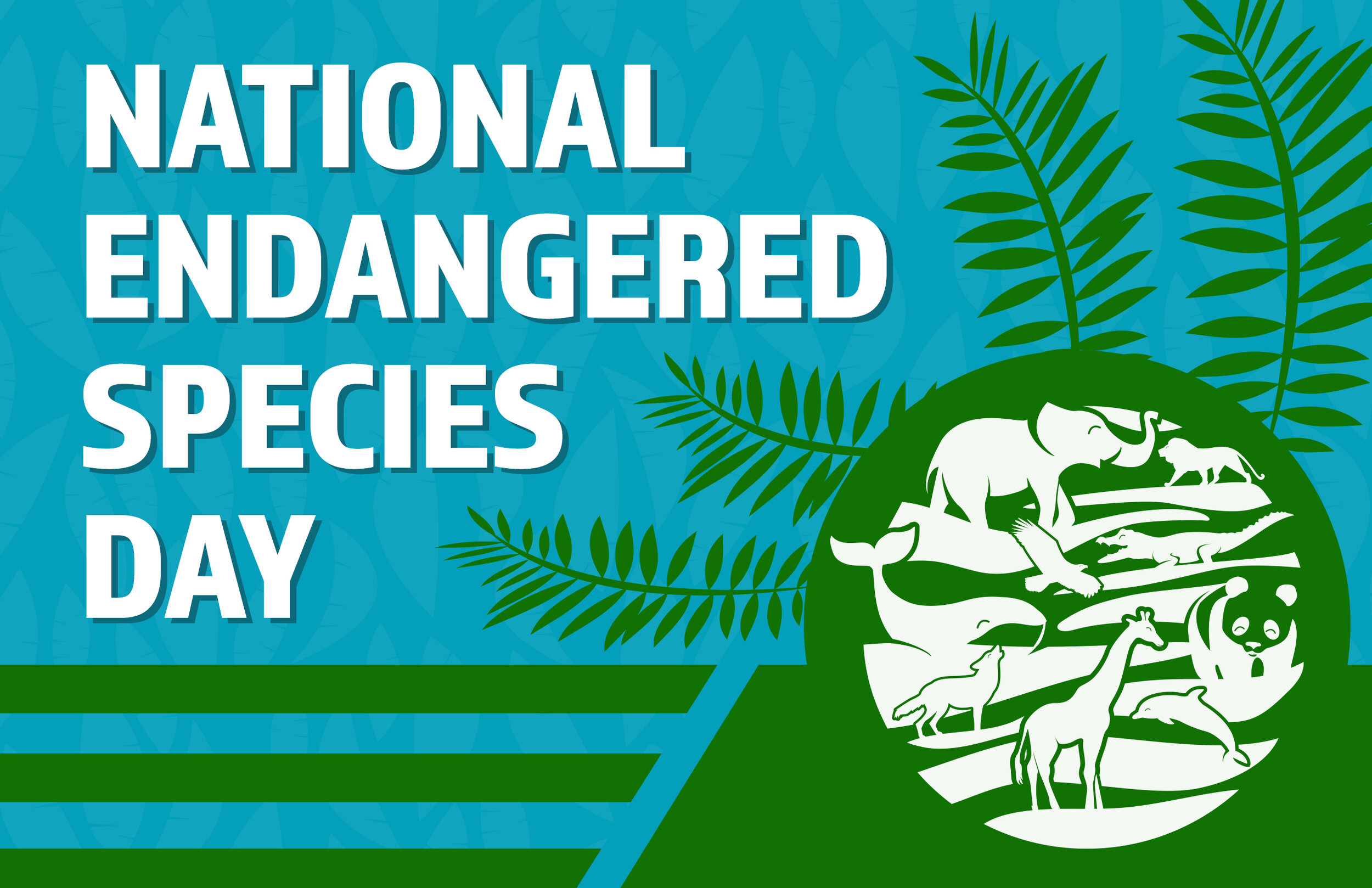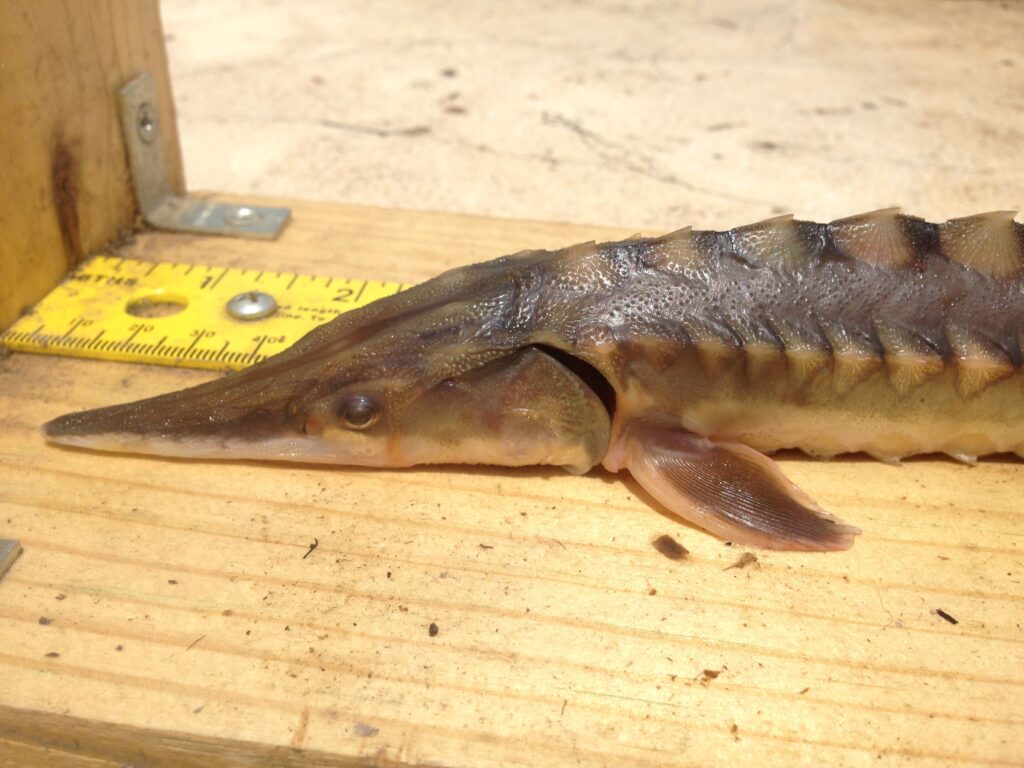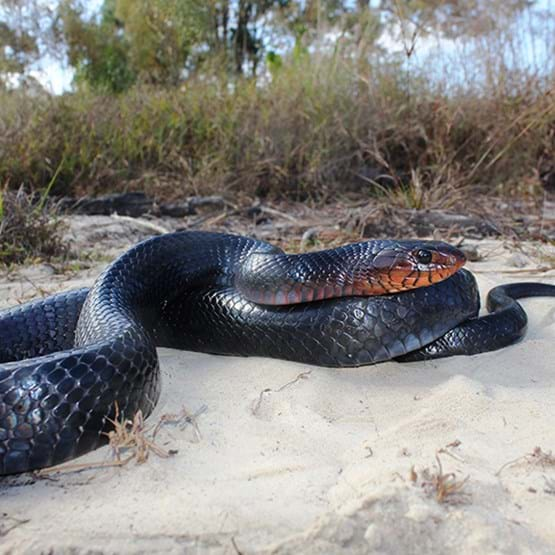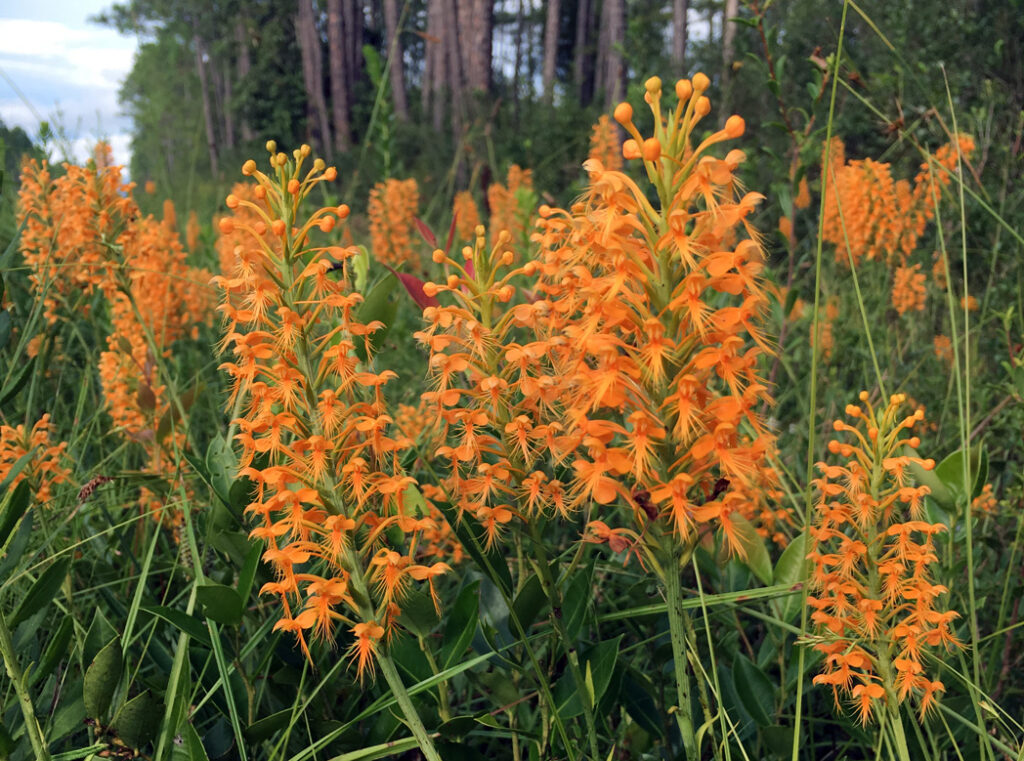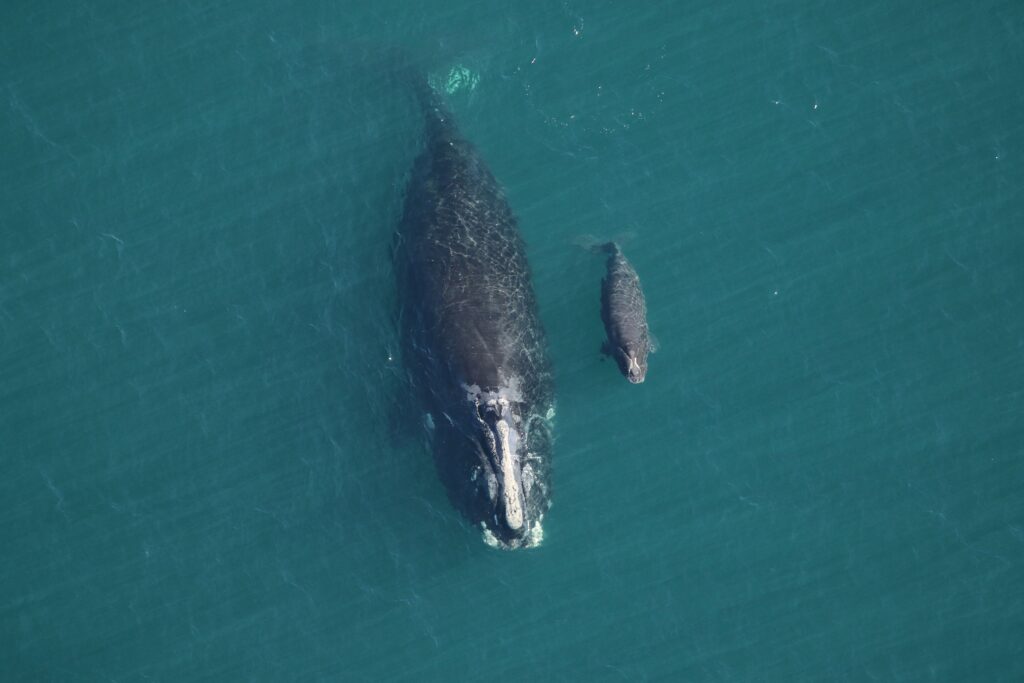Celebrating 50 years of the
Endangered Species Act!
Recognizing the importance of wildlife conservation and restoration efforts for all imperiled species.
50 years ago, the Endangered Species Act (ESA) was signed into law and became a landmark piece of legislation that institutionalized our national commitment to the conservation of plants and animals and the habitats in which they are found. ESA has been highly effective and credited with saving 99% of listed species from extinction.
Every year on the third friday of May, we celebrate Endangeres Species Day by learning about and taking action to protect threated and endangered species around the world and in our own backyards.
In February, Department of Interior took action and strengthened section 10 of ESA “to promote species conservation through voluntary agreements and make the process clearer, easier, and more efficient” as part of America the Beautiful initiative “to enhance wildlife habitat and improve biodiversity.”
Several endangered and threatened species in the St. Marys River Watershed!
Atlantic and Shortnose Sturgeon
The St. Marys River is the southernmost habitat for Shortnose Sturgeon and second southernmost habitat for Atlantic Sturgeon. In the early 2000s, both species were thought to have been extirpated from the St. Marys River. However, in 2014, UNiversity of Georgia reserachers captured juvenile (age-1) Atlantic Sturgeon in the river showing that the river is a spawning ground.
Sturgeon Study, UGA, 2014
Red Cockaded Woodpecker
Red-cockaded woodpeckers (RCW) make their homes in mature pine forests. While other woodpeckers bore cavities in dead trees where the wood is rotten and soft, the RCW is the only one which excavates cavities that are exclusively in living pine trees. RCWs are federally listed as endangered due to their preference for longleaf pine forests.
Eastern Indigo Snake
The Eastern Indigo Snak is one of the largest non-venomous snakes in North America, with individuals often reaching up to 8 feet in length. These snaks will often see shelter inside a Gopher Tortoise burrow and other below or above ground refuge.
Gopher Tortoise
Gopher Tortoises are long-lived reptiles that occupy upland habitat. They share their deep burrows with more than 350 other species and are therefore referred to as a keystone species. In Florida and Georgia, the gopher tortoise is listed as threated. Both the tortoise and its burrow are protected under state law. FUN FACT: The Gopher Tortoise is Georgia’s state reptile!
Chapman’s Fringed Orchid
Chapman’s Fringed Orchid (Platanthera chapmanii) is an endangered terrestrial orchid found in wet prairies, pine savannas, and along wet roadsides and ditches in Texas, Florida, and Georgia. Its showy flowers typically bloom in summer and peak in August. Although this species is rare, Chapman’s Fringed Orchids tend to grow in small colonies resulting in patches of bright colors. Butterflies are its primary pollinator and use their long tongues to access the nectar. The pollen attaches to the insect’s eyes and is carried to the next flower.
North Atlantic Right Whale
The Noth Atlantic Right Whale (Eubalaena glacialis) is among the most endangered of the world’s large whales with a population of less than 350. Historically depleted by commercial whaling, vessel strikes and fishing gear entanglements are now the largest threats to the Right Whales. The coastal waters off Florida and Georgia are the only known calving area and these waters have been designated as Right Whal critical habitat by NOAA Fisheries. Right Whales are typically spotted off Florida between November and April.
What can YOU do?
- Learn about endangered and threatened species in your area and the threats they face.
- Watch wildlife responsibly. Make informed consumer decisions about wildlife tours and view marine life from a safe distance.
- Find a habitat restoration project in your area. Volunteer for restoration projects and take action to protect habitat.
- Report marine mammals and sea turtles in distress.
- Never purchase anything made from an endangered or threatened species.
- Reduce the amount of pollution you generate and participate in local cleanup events.
- Support St. Marys Riverkeeper’s efforts to collaborate with state universities and federal regulatory agencies to apply best available science to better understand and protect the endangered species and their habitat in the St. Marys River Watershed!
There is still much work to be done to recover endangered species from the threats they continue to face. Share this information and educate others about the importance of saving threatened and endangered species.
